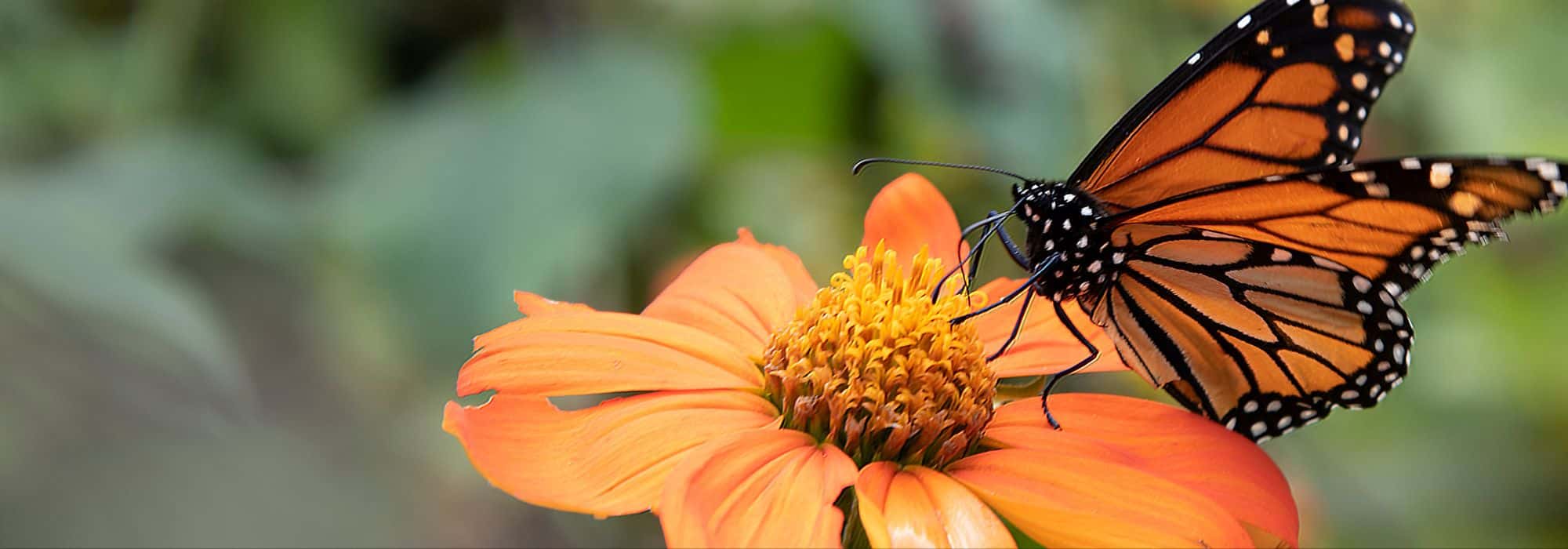
Biodiversity: how to create shelters for nature in your garden
to support wildlife and flora in the garden
Contents
In a world where ecosystems are declining, the garden can become a place of refugium and resilience. Every green corner, even a small garden, can provide respite for increasingly fragile fauna and flora. Creating a refugium for nature in your garden is both a committed act and a source of wonder. Pollinating insects, birds, hedgehogs, amphibians and spontaneous flora find food, shelter and tranquillity there.
Discover our ideas, from simple actions to more elaborate layouts, to encourage biodiversity and sustainably enrich the life of your garden.
Why help and create shelters for biodiversity?
For a long time, gardens were seen as spaces to dominate and control. Short grass meadows mown to the ground, paved pathways, hedges trimmed with precision… aesthetic choices that gradually erased the natural shelters needed by small wildlife. Today, faced with the decline of insects, birds, and wild plants, perspectives are shifting. More and more gardeners are choosing to welcome nature rather than constrain it, by recreating balances that support life.
Creating a garden that fosters biodiversity doesn’t mean leaving nature entirely to its own devices. On the contrary, it means observing, understanding, and acting to multiply micro-habitats: varied spaces that suit different species, which will interact to form a living, self-sustaining ecosystem—often resulting in a garden that’s more resilient against diseases and pests.
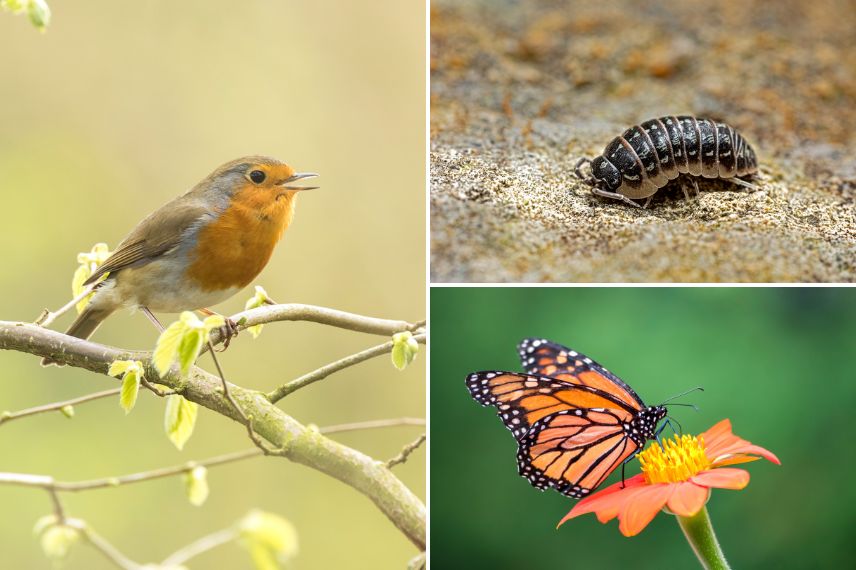
Providing natural refugiums for wildlife
The first step is to create natural shelters to attract a variety of wildlife. The idea isn’t to transform your entire garden at once, but to allow space for less “controlled” areas that will quickly become true havens for wildlife.
Here are some simple landscaping ideas to implement:
- A wood or branch pile: either as a dead hedge or hantain for large gardens, or simply a small wood pile in a shaded corner of a small garden. These will attract and provide shelter for hedgehogs, ground beetles and other beneficial insects.
- A dry stone wall or simply a small pile of flat stones allows lizards, slow worms or spiders to settle safely away from predators.
- A fallow corner of the garden, left unmown with tall herbs and spontaneous flowering, which will welcome butterflies, grasshoppers, hoverflies and many other insects. Some gardeners (like Pascal in the video) even let brambles grow to form a natural protective barrier (and food source) for many species, particularly birds and insects.
- A country hedge, composed of local bushes like blackthorn, elder or hawthorn, provides both food (berries, pollen) and nesting shelter for certain birds.
- Leaving in place tree stumps, piles of dead leaves or an open compost corner creates micro-refuges that are heavily frequented.
Note: These spaces may sometimes appear untidy, but they are teeming with life and interactions, sometimes invisible to the naked eye, that strengthen the garden’s overall balance.
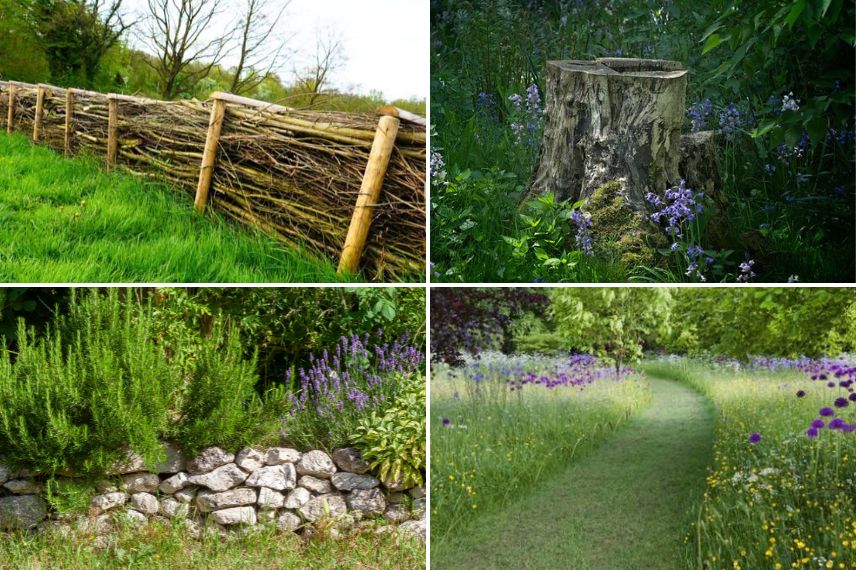
A dead hedge, a tree stump, a pile of stones and considered mowing in a garden
Installing shelters for insects and small wildlife
While natural shelters should be prioritised, certain targeted installations can help enhance biodiversity in your garden. Bird boxes, insect hotels, bat boxes: when well-designed, these features complement plant refuges:
- Place bird boxes sheltered from wind and strong heat, out of reach of predators. Note that different types of boxes suit different bird species in your area. Also consider bird feeders to help birds through winter, along with essential water stations needed year-round!
- Install insect hotels. Note that several small shelters each suited to a single species work better than one large universal insect hotel (though this is still better than nothing). For example, bamboo stems for solitary bees or drilled logs for mason bees.
- Mount bat boxes high up on south or south-east facing walls.
- In larger gardens, you could place an empty beehive (like Pascal does in the video) to attract wild bee swarms.
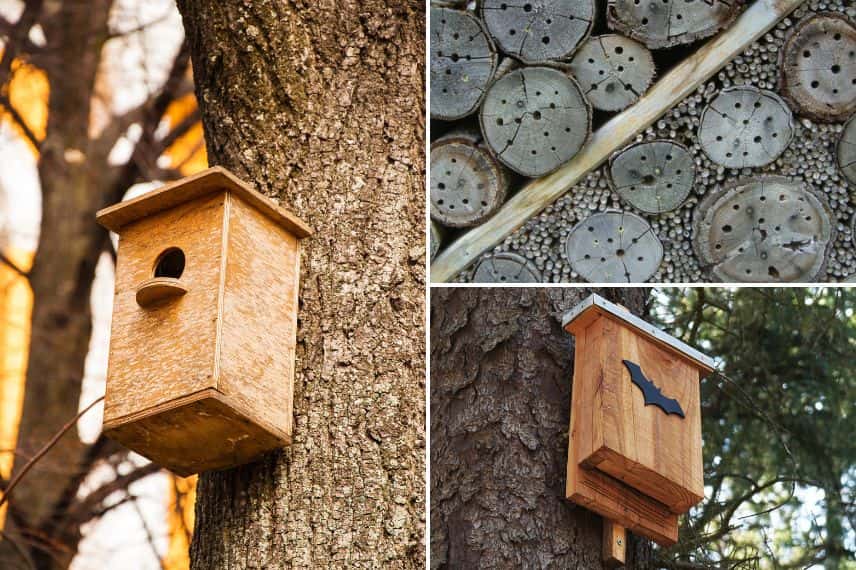
A bird box, insect hotel and bat box
Providing food for wildlife
After providing shelter, it’s also essential to offer sustenance for garden wildlife. This begins with planting perennial and melliferous bushes to attract and nourish insects. Prioritise local, hardy species well-suited to your garden’s soil and climate, as they are often the most beneficial (abundant pollen, timely flowering) for the pollinators in your region.
To create a lively and useful garden:
- Choose a variety of plants to stagger flowering periods from early spring to late autumn, such as serviceberry, elder, dogwood, aubrieta, cornflower, blackthorn, etc.
- Incorporate single flowers, which are more accessible to insects than double-flowered varieties, often sterile.
- Allow grasses and local flowers to bloom (poppies, dandelions, etc.), attracting pollinators.
- Sow melliferous and nectariferous plants like phacelia, crimson clover, borage, or cornflower. You can also sow patches (or a planter) of seeds for flowering meadows.
- Favour berry-producing plants too, especially in winter, to feed birds and small mammals, such as rowan, dog rose, or spindle.
A diverse garden attracts pollinators as well as natural predators of aphids and caterpillars, like hoverflies, ladybirds, tits, or bats.
For more, read our articles: “The Best Berries to Attract and Feed Birds in the Garden”, “Planting to Feed Garden Birds”, and “Melliferous Bushes: A Vital Boost for Biodiversity”.
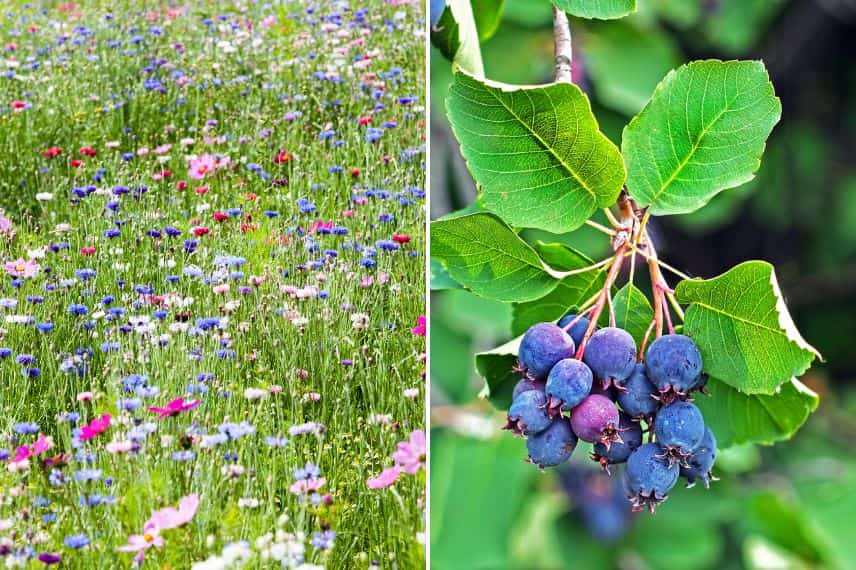
Flowers in a meadow and serviceberry berries
Installing a water source for wildlife
Water is another element that attracts specific wildlife (amphibians, insects, etc.), but it is also essential for many terrestrial species to drink (birds, insects, hedgehogs…). A large natural pond supports great diversity, but you don’t need a large basin—even a small pond or a well-placed water dish can become a complete ecosystem.
Here are some recommendations:
- Opt for a pond with gently sloping edges to make it easier for small animals to access.
- Plant different species of aquatic plants according to depth. In very shallow areas, water mint or water crowfoot attract pollinating insects and provide shelter. Slightly deeper, bulrushes (planted in moderation) or yellow flag irises host amphibians and dragonflies. In the centre of the pond, in deeper water, you can introduce a local pondweed species or some waterweeds, which oxygenate the water and serve as a refugium for larvae and small invertebrates.
- If space is limited, a simple water dish on a windowsill can already help bees or birds during dry spells.
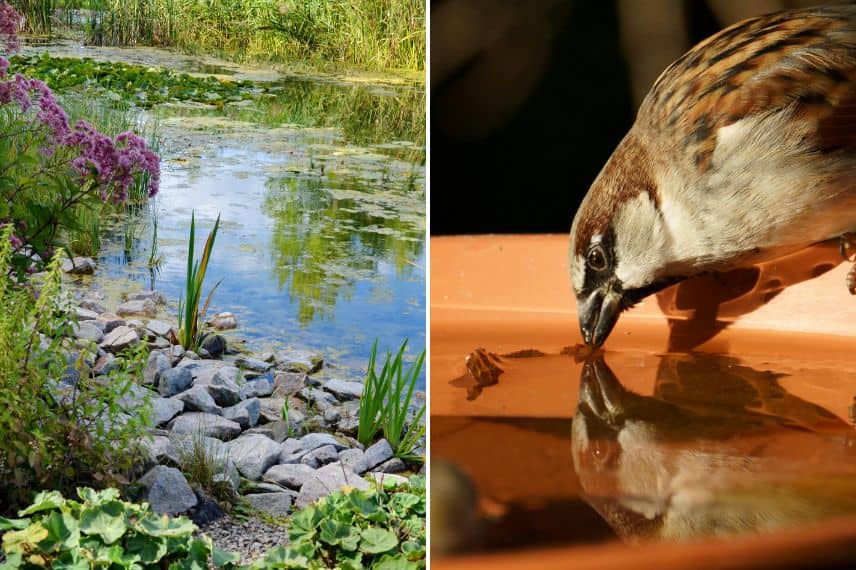
A pond and a bird drinking from a water dish
Adopting biodiversity-friendly gardening practices
Welcoming biodiversity also involves gentler, less intrusive practices. The soil is a living medium, rich in microorganisms, earthworms, larvae, fungi… which should be preserved to encourage natural interactions.
Here are some simple steps to adopt:
- Avoid using pesticidal products, weedkillers and synthetic fertilisers.
- Use mulching to retain moisture, suppress weeds and nourish the soil.
- Rotate crops, sow green manure and promote plant diversity in the vegetable garden.
- Leave spent flower stems over winter: they provide shelter or food for many species.
Commit collectively by becoming a garden refugium
Creating a garden refugium also means joining a collective effort. Many associations, such as the LPO (League for the Protection of Birds), offer to certify gardens that support biodiversity. This allows you to receive advice, participate in species counts, and share your experiences with other enthusiasts.
There are also other inspiring initiatives: shared gardens, bocage hedges planted between neighbours, urban fallows transformed into green spaces, or schoolyards turned into natural oases, etc. Every garden matters, but their impact is multiplied when they form a network.
And you, what steps have you taken in your garden to promote biodiversity? Share your ideas in the comments!
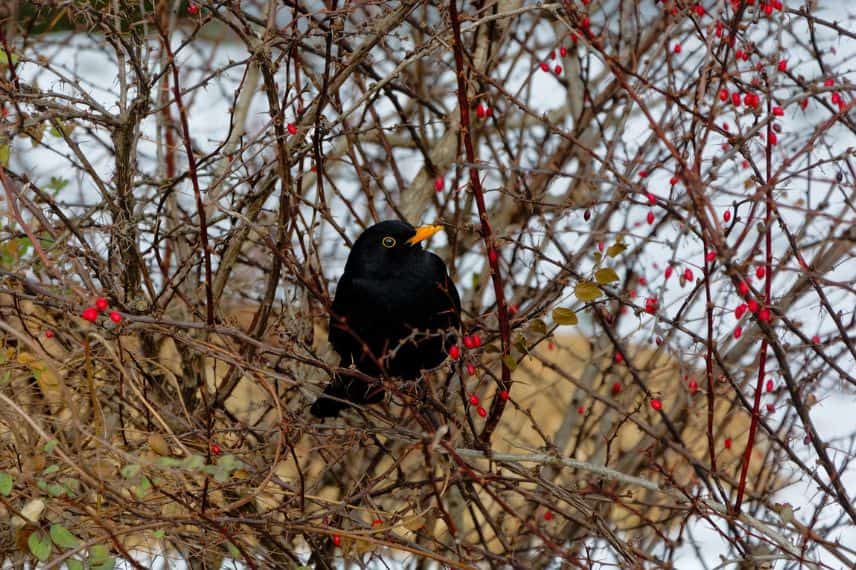
- Subscribe!
- Contents
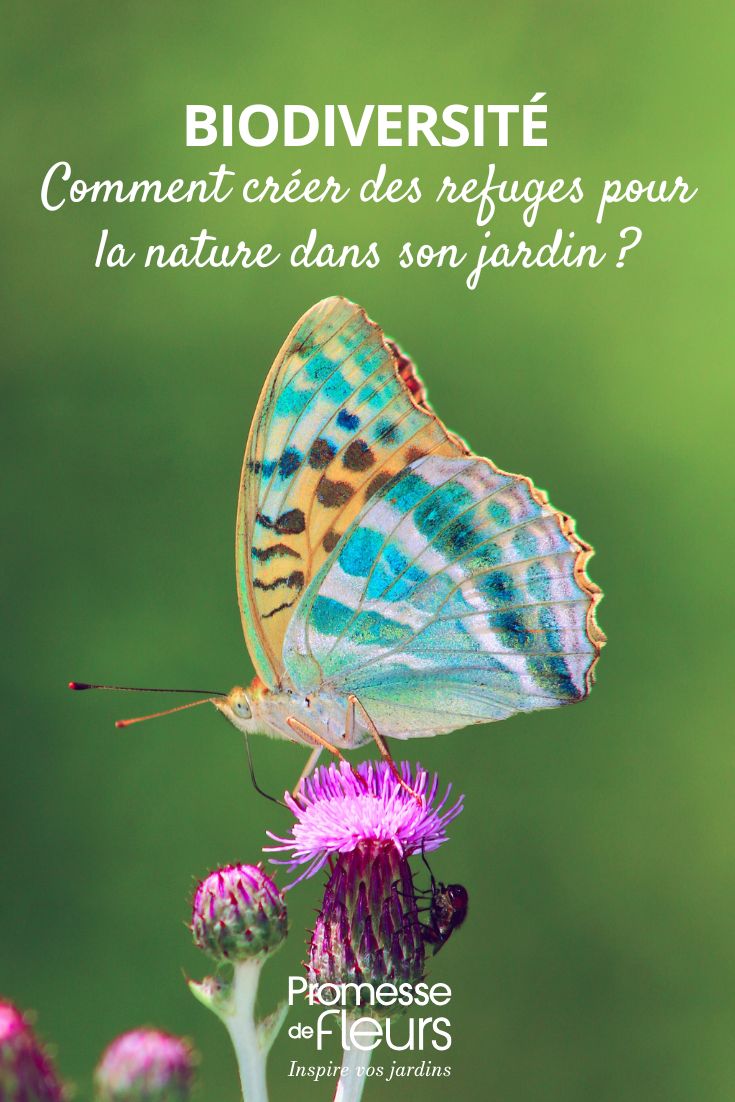































Comments